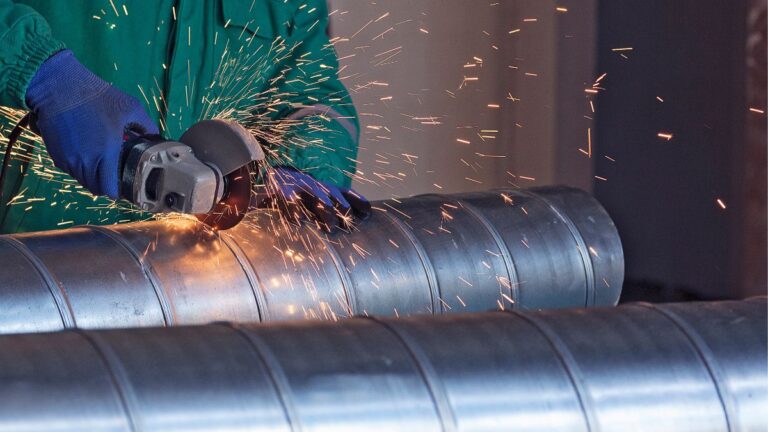Alloy steel is valued in modern manufacturing for its strength, toughness, and resistance to wear and corrosion. By combining iron with elements like chromium, nickel, or molybdenum, manufacturers can fine-tune their properties for specific applications. This makes it ideal for demanding environments, including automotive parts, construction materials, and heavy machinery.
In many industries, components made with alloy steel from Specialty Steel are chosen for their consistency and ability to meet strict performance requirements. These materials are commonly used where durability and long service life are critical. In high-temperature settings or under constant mechanical stress, alloy steel supports innovation and reliability across various manufacturing sectors. Its adaptability makes it a staple in engineering and industrial design.
Manufacturing Sectors Relying on Alloy Steel
Alloy steel is crucial in various sectors, including automotive, aerospace engineering, oil, gas, power generation, and construction. It is essential for transmission gears, engine parts, axles, and drive shafts, which are subjected to stress, wear, and high temperatures. Specially formulated alloy steels balance strength, ductility, and fatigue resistance, resulting in safer vehicles and efficient fuel consumption. It also helps handle rapid temperature and atmospheric pressure shifts in refineries, turbines, pressure vessels, and pipelines.
Advantages of Alloy Steel in Modern Applications
Alloy steel is a popular industrial material due to its toughness, abrasion resistance, and ability to withstand high temperatures. It benefits industries like transportation and heavy equipment manufacturing, where failure is not an option. It also offers long-lasting resistance to wear and abrasion, saving maintenance costs and operating hours. Furthermore, alloying with elements like molybdenum and chromium boosts strength and forms protective layers against oxidation, making alloy steel a cost-effective investment for high-stakes operations.
Environmental Impact and Sustainability Factors
As manufacturing industries work hard to lower their environmental footprint, attention to alloy steel’s sustainability is intensifying. Modern alloy steel production increasingly utilizes recycled scrap, significantly cutting energy requirements and conserving raw materials. Recycling steel can reduce CO2 emissions and energy consumption by as much as 74% compared to primary production—a promising path for eco-conscious manufacturers.
The extended lifespan of alloy steel parts means that buildings, machinery, and infrastructure require fewer replacements over time, reducing the long-term demand for new materials. Forward-thinking manufacturers are investing in cleaner production technologies, such as electric arc furnaces powered by renewable energy, and integrating circular economy principles to minimize waste. Ongoing innovations surrounding energy-efficient processes and closed-loop recycling underscore how alloy steel can continue supporting industry performance and planet health.
Common Alloying Elements and Their Effects
The capabilities of alloy steel hinge on its alloying elements, each contributing in unique ways:
- Chromium: Increases hardness and corrosion resistance. Common in steels used for cutlery and chemical equipment.
- Nickel: Adds toughness and helps retain ductility at low temperatures, essential for cryogenic tanks and Arctic infrastructure.
- Molybdenum: It enhances strength, especially at high temperatures. It is used in tooling, turbines, and heavy-duty automotive parts.
- Vanadium refines the grain structure, improving strength and shock resistance. It is critical for tools, axles, and springs.
By selecting and combining these elements judiciously, engineers create steels that meet the exact demands of a project, from surgical scalpels requiring precise sharpness to pipelines that must endure relentless internal pressure. Effective alloying unlocks options that plain carbon steels cannot provide.

